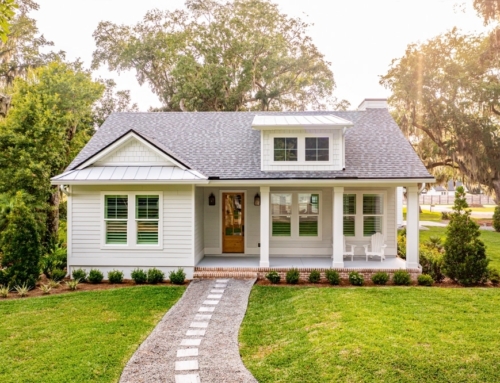Many of us, when we make purchases, look at the price only. We consider the sticker price of an item or service and then make a judgment based on how expensive or cheap it is. However, the upfront cost should not be the only consideration. Your calculations should consider an item’s total cost of ownership. The total cost will affect your budget and your money management decisions.
What is “total cost of ownership”?
The idea behind total cost of ownership is that you need to consider the costs you are likely to incur over the life of the item. When you buy a car, the cost of owning your vehicle is beyond what you pay to the dealership. You need to figure in the cost of maintenance and repairs, insurance, fuel, and interest charges (if you financed), which all contribute to the total cost of ownership.
Many purchases come with additional costs, from appliances to clothing—yes, even clothing comes with a total cost of ownership. Consider what you have to pay for its upkeep. Buying dry-clean only clothes will cost you more over time than something that you can wash at home.
Don’t forget to factor in what buying more stuff could mean for your overall living situation. Buying a second or third car might necessitate the cost involved in building another garage to house it. Filling your home with things means that you might eventually have to buy a bigger house—or pay a monthly fee for a storage unit. And, of course, some items come with depreciation costs that should be figured into the total cost of ownership as well.
Debt adds to total cost of ownership
When making a purchase with debt, few of us consider how that purchase can add to the total cost of ownership. Indeed, debt can add quite a bit to your total cost due to interest charges. Whether you are buying a home or paying for takeout with your credit card because your checking account is drained, the interest charges you incur add to the total cost of whatever you are buying.
If you want true value for your money, and if you expect to live within your means, you need to always consider the cost of interest. Think about how much carrying a balance on your credit card will add to the cost of that brand-new barbecue grill, that expensive premium cable TV package, or the $100 a month smartphone plan. Putting these items on credit cards, and carrying balances month after month, reduces your wealth and increases your total cost of ownership. Before getting into debt to buy something, consider the long-term impact on your finances.
What about time?
Often, we discount our time. However, when you think of the total cost of something, you should also consider the value of your time. A good example is that of waiting in line for a free ice cream cone. When a special like this is offered, people line up to get it. Should you stand in line for what could be half an hour to save $1.50 on an ice cream cone? That’s basically the equivalent of working for $3 an hour—and it doesn’t include the money you spent on gas to get to the ice cream shop in the first place.
Life is full of these types of decisions. If you buy something that requires a great deal of care and attention, you need to consider whether or not the time you spend is worth it. What else could you be doing with that time? Playing with your children? Starting a side hustle to earn more money? How you spend your time is just as important as how you spend your money.
In the end, the smart spender thinks about a spending decision in context of the long-term benefits and drawbacks. Get better value for your money by considering the total cost of ownership before you buy.
Miranda Marquit is a freelance writer and professional blogger specializing in personal finance, family finance and business topics. She writes for several online and offline publications. Miranda is the co-author of Community 101: How to Grow an Online Community, and the writer behind PlantingMoneySeeds.com.





